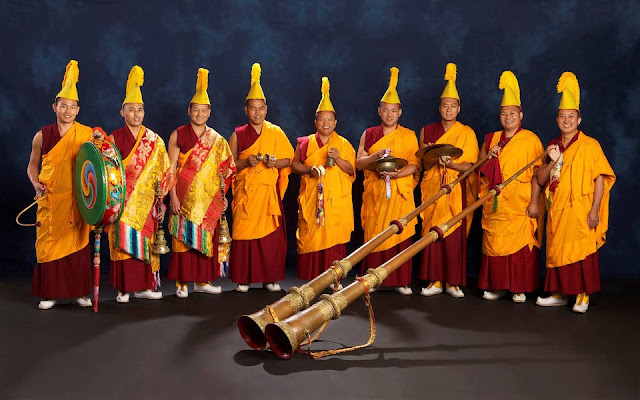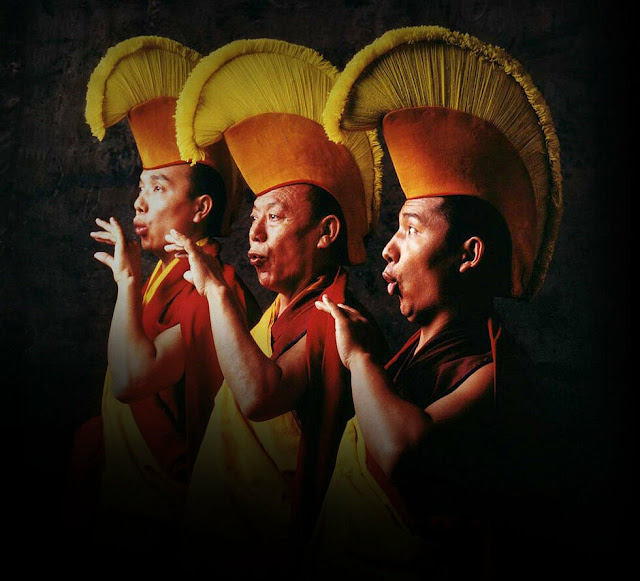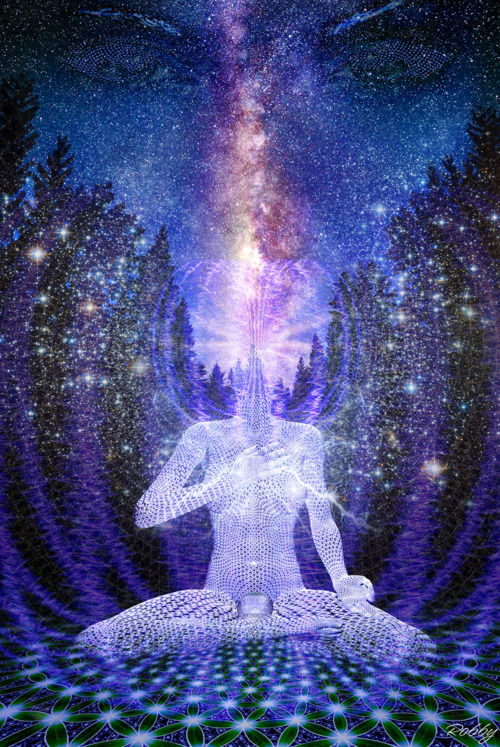Confronting challenges make you strong and resilient
It is difficult to in a world of increasing challenges. The world becomes more complex and changes rapidly. Sometimes it's not easy to stay calm.
Challenges and difficulties are a part of day-to-day existence. They make us stronger and without them life becomes some degree of trivial because we don't have anything to contrast the greater circumstances with.
These challenges and difficulties come in many structures. For a few, the challenge is doing admirably at school, for others it is getting to grip with financial worries. But, paying little respect to the challenge, looking up to it is critical.
Doing as such will influence you to feel like you can manage yourself, it will likewise influence you to comprehend the value of what you have now. Looking up to challenges and living through them gives us the experiences that make up our lives.
Everyone experiences times when their lives appear to be enormously unpleasant, or their issues unconquerable. In any case, it's critical take into consideration that, whatever the issue, there is practically often an answer. Confronting challenges in an approach to drive ourselves and see what we are capable of.
Correspondingly, when we think again about intense circumstances, we can be satisfied for how we managed the challenge and counseled ourselves that life improves and challenges don't seem to be generally offensive or dreadful.
Preside over your challenges conventionally.
Keeping tranquil under apprehensiveness. When a situation begins to appear, you feel your emotions are furious and don't lose control. Calm down rather than escape resentfully because you can't handle it.
When you are never again impulsive and overreacting, you have greater opportunity to measure your decisions and find the most intelligent path forward.
In the heart of 10, it looks trite, but it works. Pause, take a deep breath and think carefully before you react emotionally to something.
Composing your thoughts in a journal can help you clear things up and keep you calm. If you need to settle on an important decision, or you feel sad about something, keep your emotions in words, and then read and reflect.
Challenging yourself to achieve better on a test, run faster in a race or gain some new useful knowledge can be very amusing! Why not give yourself a fun challenge today? For what reason not give yourself a fun challenge today?
Do you earnestly cherish our devoted work? Assuming this is the case, we are delighted that you are finding our blog useful. Would you consider making a donation for our Buddhist research and development?
We need you to help secure the future of scholarly interaction with Buddhism. Please consider showing your support .Your generosity will certainly help us improve our works and to achieve for a better and brighter prospect to come.
Thank you for reading, may you find peace and great bliss. With your support it helps to spread the Buddha’s precious teachings and turning the Dharma wheels in the world.
Aspiration For Bodhichitta
For those in whom the precious Bodhichitta has not arisen
May it arise and not decrease
But increase further and further.
Dedication of Merit
By this merit may we obtain omniscience then.
Having defeated the enemies wrong-doings.
May we liberate migratory from the ocean of existence.
With its stormy waves of birth, old age, sickness and death.
*Note
I do not own or infringe any copyright of the picture(s).
Picture(s) courtesy and credit to the rightful distributors and or studios.
Picture(s) is/are intended for editorial use only.
















































